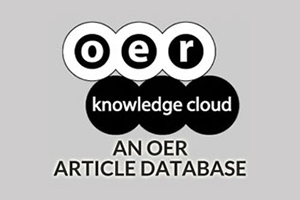Comparing MOOC Adoption Strategies in Europe: Results from the HOME Project Survey
DOI:
https://doi.org/10.19173/irrodl.v16i6.2154Keywords:
MOOCs, Institutional strategies, Higher Education, Survey, open education, online learningAbstract
Much of the literature and the academic discussion about the impact of Massive Open Online Courses (MOOC) in institutional strategic planning has been centred on the US context. However, data shows that although the US are responsible for the largest MOOC platforms and the most successful course provision, it is the European region which accounts for the highest percentage of global MOOC participation. Differently from the US Higher Education system framework, however, in Europe public policy and in particular the European Commission is now driving MOOC institutional uptake.
Given the very different institutional, political and cultural contexts, it is interesting to analyse how in these two different regions Higher Education institutions are responding to the challenges of the MOOC phenomena and are integrating it in their own strategic planning.
The current research presents the first attempt to conduct a benchmarking study of institutional MOOC strategies in Europe and the US. It's based on a survey launched by the EU-funded project HOME and compares results with a similar survey launched in the US. Results show that are significant differences in how US and European institutions understand the impact of massive forms of open education and also how they perceive the efficiency of digital education and online learning.
Published
How to Cite
Issue
Section
License
This work is licensed under a Creative Commons Attribution 4.0 International License. The copyright for all content published in IRRODL remains with the authors.
This copyright agreement and usage license ensure that the article is distributed as widely as possible and can be included in any scientific or scholarly archive.
You are free to
- Share — copy and redistribute the material in any medium or format
- Adapt — remix, transform, and build upon the material for any purpose, even commercially.
The licensor cannot revoke these freedoms as long as you follow the license terms below:
- Attribution — You must give appropriate credit, provide a link to the license, and indicate if changes were made. You may do so in any reasonable manner, but not in any way that suggests the licensor endorses you or your use.
- No additional restrictions — You may not apply legal terms or technological measures that legally restrict others from doing anything the license permits.







